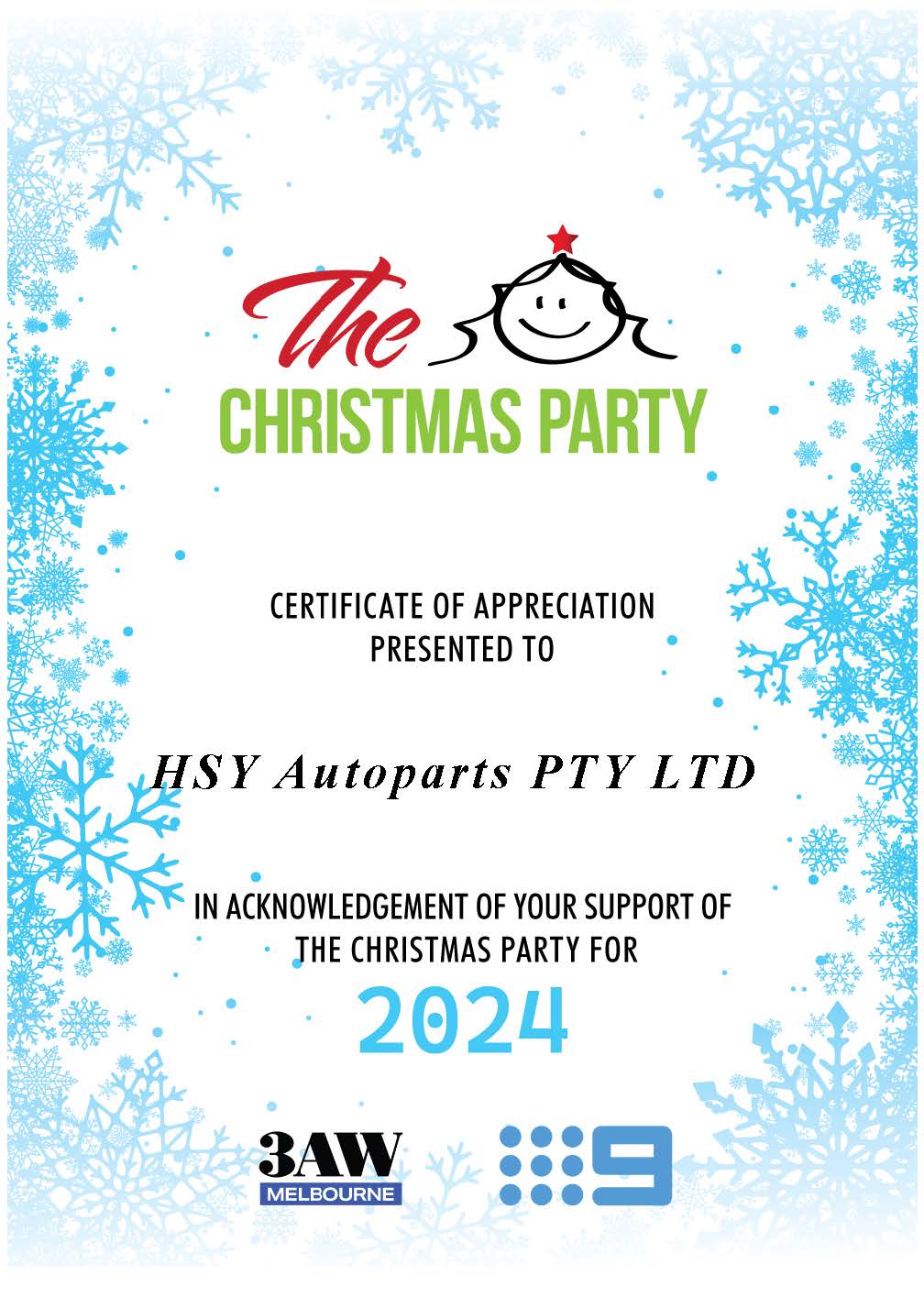When a customer presented their Volkswagen Tiguan for a not so regular complaint at a regional repair shop the technician’s diagnosis was at odds to the customers complaint.
Mr Smith, owner of said troublesome VW Tiguan, was waiting at the workshop roller door before any of the technicians arrived for work. This is not unusual for Mr Smith, as he is an early riser – and has been for the last 45 years of his farming life. Now our Mr Smith is a Landcruiser man – always has been – so it was a bit of a surprise to see him in the small German SUV.
Mr Smith admitted to purchasing the vehicle for the “missus” but has probably clocked up more kms driving the VW than Mrs Smith ever will. “Great little car…..it’s not a cruiser… but you know…..” Mr Smith let slip during the early morning conversation.
Mr Smiths complaint on that day was a chirping / squeak from under the bonnet. “Oh, and by the way, the engine light came on last week as well”
A quick visual inspection under the bonnet did not reveal much other than the Tiguan was powered by a 2.0 litre TSI engine. Drive belts looked ok and there was no evidence of rodents living in the warm European lodgings.
Performing a test and retrieval of the engine DTCs, exposed a history P0300 (random misfire), history P2177 (lean operation), and a pending low fuel pressure code P0087. These fault codes prompt a check of any related TSB’s or common faults.
As luck would have it, the random misfire and lean operation coincide with a PCV failure – also common with other 2.0 litre VW engines. This can be easily checked with a crankcase smoke test. When carried out, smoke flows through the poor sealing control valve – revealing a problem.
While checking the PCV there are whisps of smoke escaping from the lower section of engine. Raising the vehicle and inspecting from the underside exposes the source of the leak. A large portion of the smoke is permeating from the bellhousing area.
Once the smoke machine has been removed, the engine is started and allowed to idle while the vehicle is raised on the hoist. The chirping or squeaking noise is also coming from the same location as the smoke. The vehicle is rebooked for a transmission removal and inspection of the rear main oil seal.
Two busy weeks roll by and it’s time for the Tiguan’s transmission to be separated from the driveline to facilitate access to the rear engine oil housing. With the drive plate removed from the crankshaft, fresh evidence of an oil leak at the housing is discovered.
When wiping the housing with a cloth to visualise the leak, the EPDM moulded seal falls away from its mount onto the shop floor, exposing witness marks from when the seal would rotate in its housing creating the squeaking noise that was the original symptom.
Mr Smith stopped by the other day to let everyone know that the repair performed on the Tiguan has fixed the noise and extinguished the check engine light. He informed us that the “Cruiser” only comes out for special occasions as he is now quite fond of driving the little German shopping trolley.
Image credit: Spurzem – Lothar Spurzem, CC BY-SA 2.0 DE https://creativecommons.org/licenses/by-sa/2.0/de/deed.en, via Wikimedia Commons



